
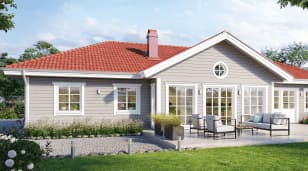
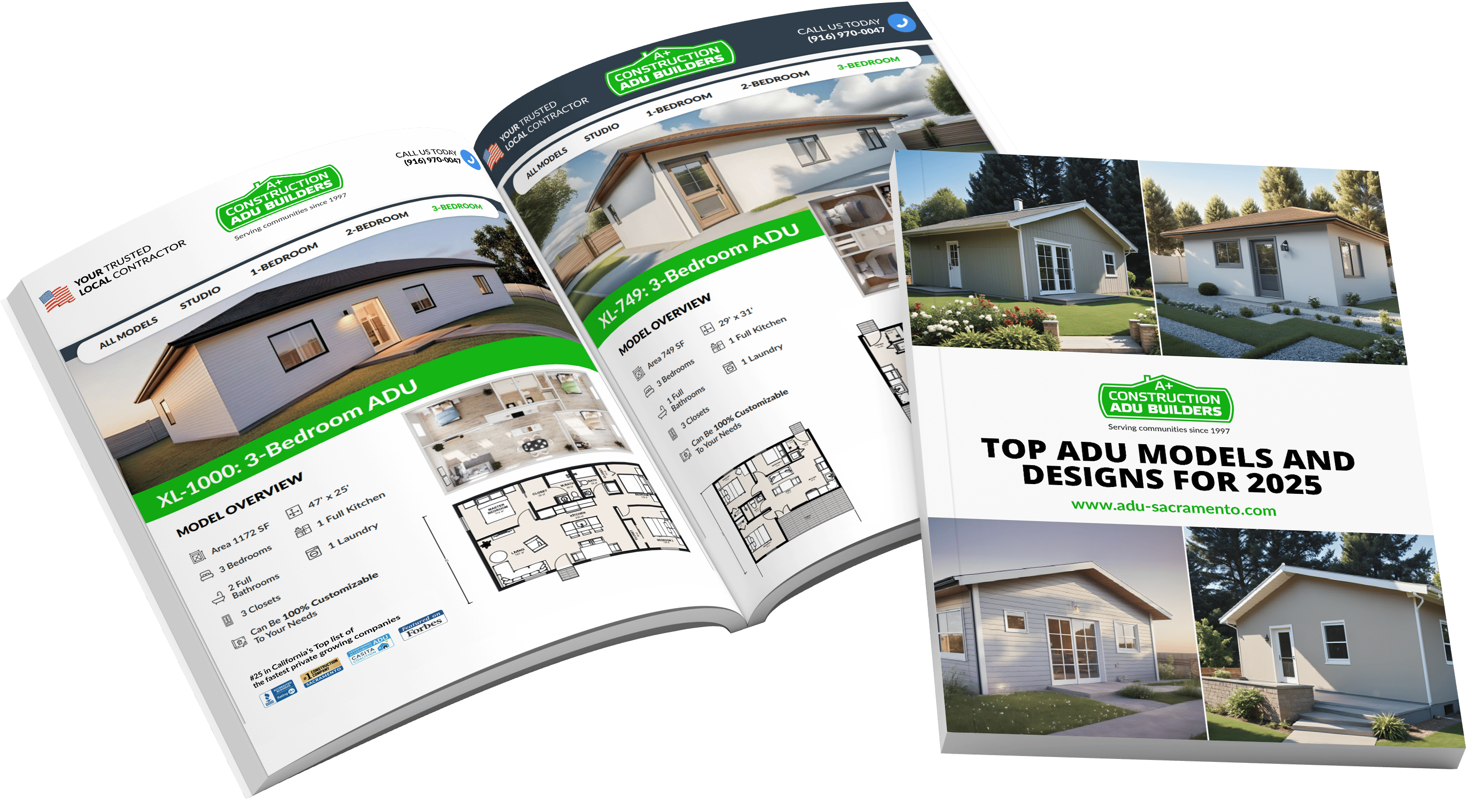


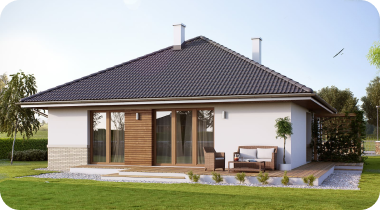
A link to download your FREE brochure will be in your inbox in 3 minutes
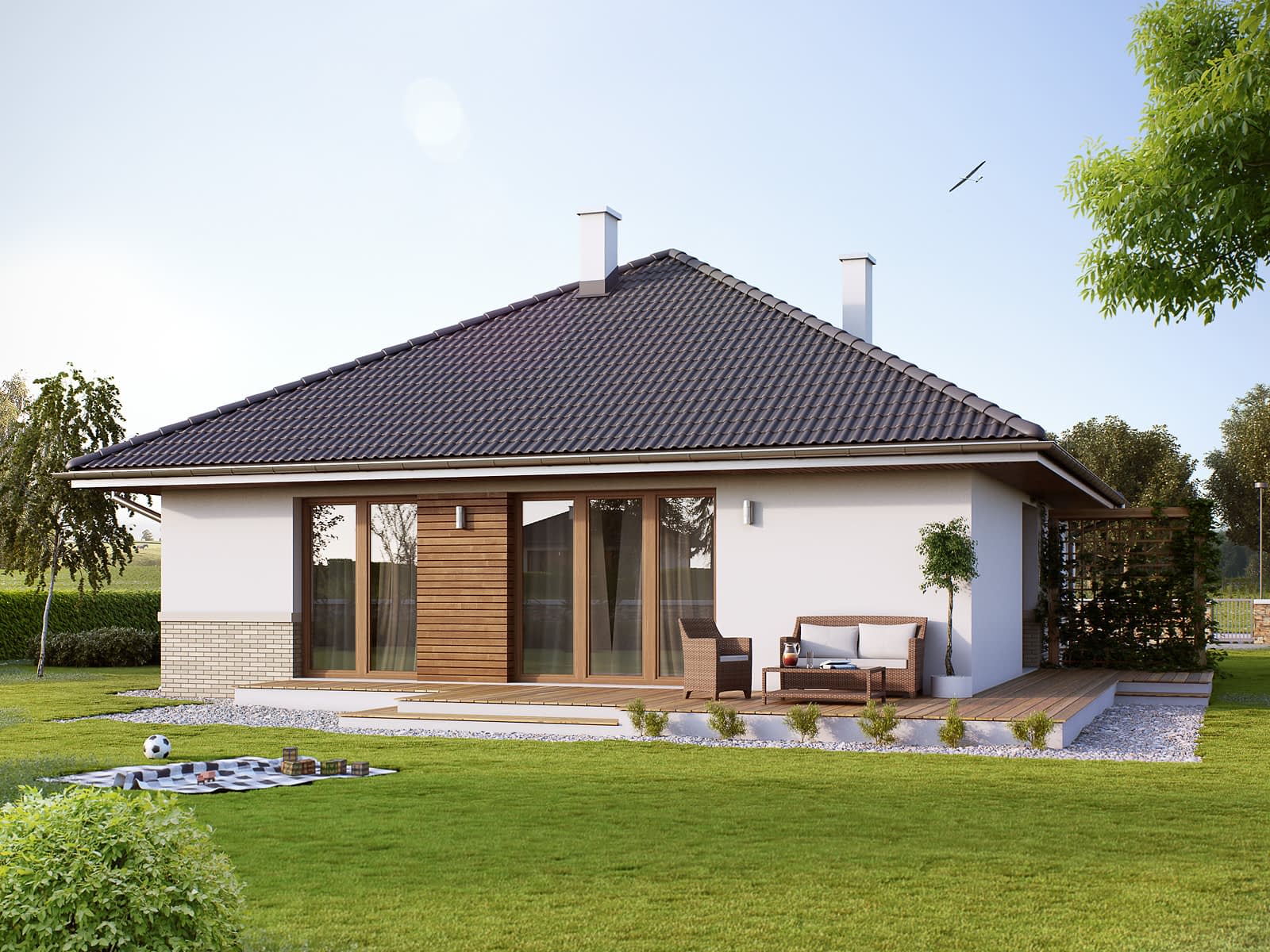


















The final price may vary based on project specifics.
To get a free accurate quote tailored to your needs, book a consultation with us today!

The price per square foot provided is an average and may vary depending on project-specific details such as materials, location, complexity, and other factors. Actual costs may differ from the average provided.
It is recommended to obtain a detailed quote based on the specific requirements of your project.

Please note that the monthly payment displayed on this page is an estimate and is subject to variation based on the selected loan product, applicants credit score, loan amount, and other financial details. Actual monthly payment may differ from the estimate provided.
It is recommended to seek advice from a financial advisor or loan officer to obtain precise payment information tailored to individual circumstances.
 Your Trusted
Local Contractor
Your Trusted
Local Contractor
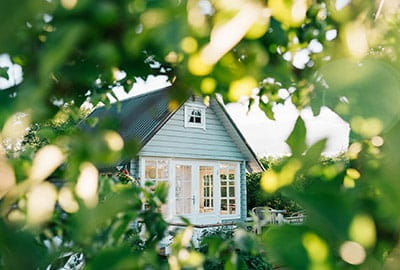
In the sprawling canvas of the architectural world, there's a movement that’s gaining traction, reminding us of the beauty of simplicity, and redefining the concept of home. Welcome to the realm of tiny homes!
The tiny house movement, started in 1999 by Jay Shafer, is sweeping the nation nowadays. Lots of people decide to leave cities and start simpler, more eco-friendly lives. Some of them just rent small homes, while others buy patches of land with the purpose of creating them from scratch.
But what exactly is a "tiny house"? Make your first step into the wonderful reality of tiny homes, where the concept of traditional home gets a revamp. They represent the spirit of the tiny house living and show us how to live big in a smaller space, even with a family.
A tiny house is a building with very small square footage – often less than 600 sq.ft. Some tiny houses are constructed on a solid land foundation, while others have wheels. The second type of homes is extremely popular in the tiny house movement , because they allow you to travel to another location without leaving the comfort of your own property.
Of course, such a tiny house has its downsides — for example, strict size requirements and other factors, but in general, it's an amazing idea for a lower-cost tiny life that can help you save money and improve your well-being. Now, lots of companies have started offering tiny house loans.
In the realm of Tiny House Movement, diversity flourishes in every corner, offering a symphonic blend of designs and dreams. There are the enchanting mobile tiny house variants, which serenade the souls with dreams of journeys across scenic landscapes. Then, the static, land-based tiny houses stand as intimate sanctuaries, deeply rooted, yet offering the same minimalistic, tiny-life charm.
Dive deeper, and you'll find container homes, repurposing steel behemoths into snug shelters, echoing tales of sustainability. The A-frame cabins whisper stories of mountain retreats, their peaks reaching out to the stars. Meanwhile, cob and straw-bale homes sing ballads of the earth, grounding us to nature in the coziest embrace.
Each type is a universe in its own right, an ode to human creativity and a testament to how we can shape our dreams, no matter how big or tiny.
In the heart of the Tiny House movement lies not just an architectural marvel, but a symphony of usability and multifunctionality. These humble abodes, radiating warmth from every nook and cranny, stretch beyond their physical boundaries. They stand as testaments to innovation, where each square foot sings a ballad of purpose. From foldable desks that transform into dining tables, to loft beds beneath which lie cozy reading nooks, every inch serves a dual function, and sometimes even more.
But beyond their tangible uses, these spaces are sanctuaries of introspection, urging us to fathom the essence of what we truly need. In the dance of shadows and light within its walls, a tiny house beckons us to understand that functionality isn't just about physical utilities but also about nurturing our souls.
In the world of tiny houses, size is crucial. Most tiny homes range from 100 to 400 square feet, a minimum square footage that's much less than most traditional home sizes. Some tiny mansions can even go up to 500 square feet, depending on the design and purpose.
Daintily nestled within the confines of a few hundred square feet, the dimensions of these homes might be small, but their impact and value are colossal.
Drifting away from sprawling spaces, tiny houses are an ode to efficiency and design marvel. They echo the sentiment:
"It's not the size of the space; it's the warmth of the embrace."
Tiny house construction is no less intricate than building a regular-sized house. Within their compact space, these homes encapsulate the ideals of a minimalist lifestyle. They aren't just houses; they are a lifestyle choice, evoking the feeling of financial freedom.
The essence of tiny house living is simplifying life. These homes compel owners to declutter and highlight the benefits of a simpler lifestyle. The tiny house community is growing, with tiny house villages and tiny house communities springing up in many municipalities across the country.
Many companies, being well-aware of this trend, started offering loans for building such homes.
Embracing the tiny home lifestyle is akin to starting a profound relationship; there are highs and lows.
Embracing the tiny home lifestyle is akin to starting a new relationship. The tiny home movement boasts many benefits:
However, there are challenges like zoning laws, building codes, and the need for a permanent foundation.
Every minimum-size home is a canvas waiting to be painted with the brushstrokes of its owner's personality.
Tiny homeowners get to create their dream place with customizable options:
If Mother Earth could smile, she'd beam at every new construction of a tiny home. Their building materials often include reclaimed items, and many focus on water conservation and reduced consumption of energy.
As we tread into an era marked by awareness and intentionality, tiny houses aren't just structures; they're a revolution. They beckon us to question excess, to value essence, and to realize that sometimes, the smallest things take up the most room in our hearts.

In the vast tapestry of modern living, Tiny Houses emerge as luminous constellations, symbols of resilience, innovation, and sustainability. They are not merely structures; they are transformative experiences, urging us to realign with the essentials and liberate ourselves from the unnecessary. Amidst a world clouded by excess, Tiny Houses are a gentle reminder that sometimes, less truly is more.
The Tiny House social movement champions simpler life and sustainability, echoing the clarion call for a greener tomorrow. Their ingenious design and multifunctional spaces whisper tales of human creativity, challenging the norms of traditional living.
As we stand at the crossroads of environmental crises and urbanization, Tiny Houses offer a beacon of hope, a pathway to a simpler, more low-cost, yet richer life on your own land. They're not just homes; they're revolutions, built brick by brick, dream by dream.
Many are built on trailers, making them mobile, but some are stationary, offering a fixed dwelling experience.
With proper insulation and weatherproofing, they can withstand various climatic conditions.
Yes! With smart design, even a family can comfortably inhabit a tiny home.
Absolutely! From full bathrooms to Wi-Fi, they can be as modern as you desire.
Favorably! Their reduced size and emphasis on sustainability mean a smaller carbon footprint.
Generally, yes. Though customization can increase costs, they're typically more affordable than traditional homes.
Remember, the essence of a home isn’t determined by its size but by the heartbeats within. A tiny house challenges us to redefine luxury, space, and happiness. In their compactness lies a land of endless possibilities. Welcome to the tiny revolution!
Get a First Look at Real ADU Projects